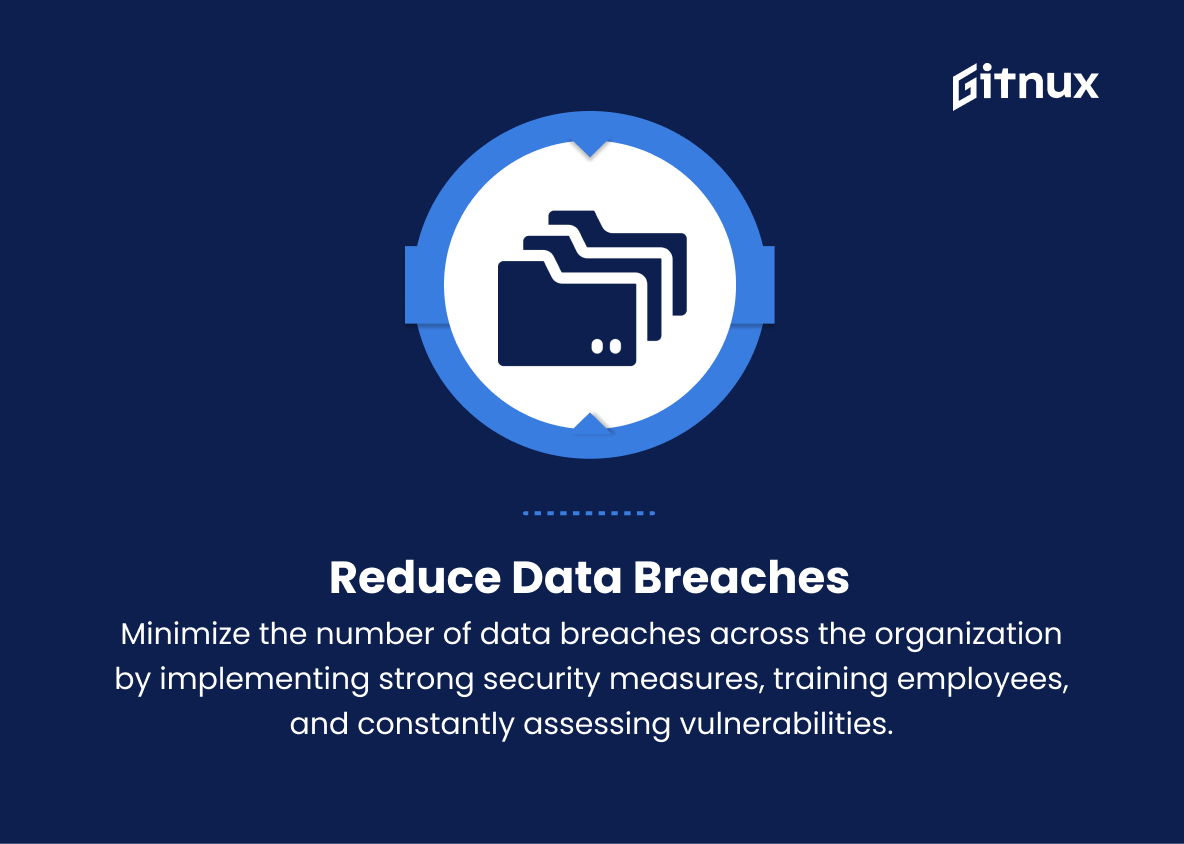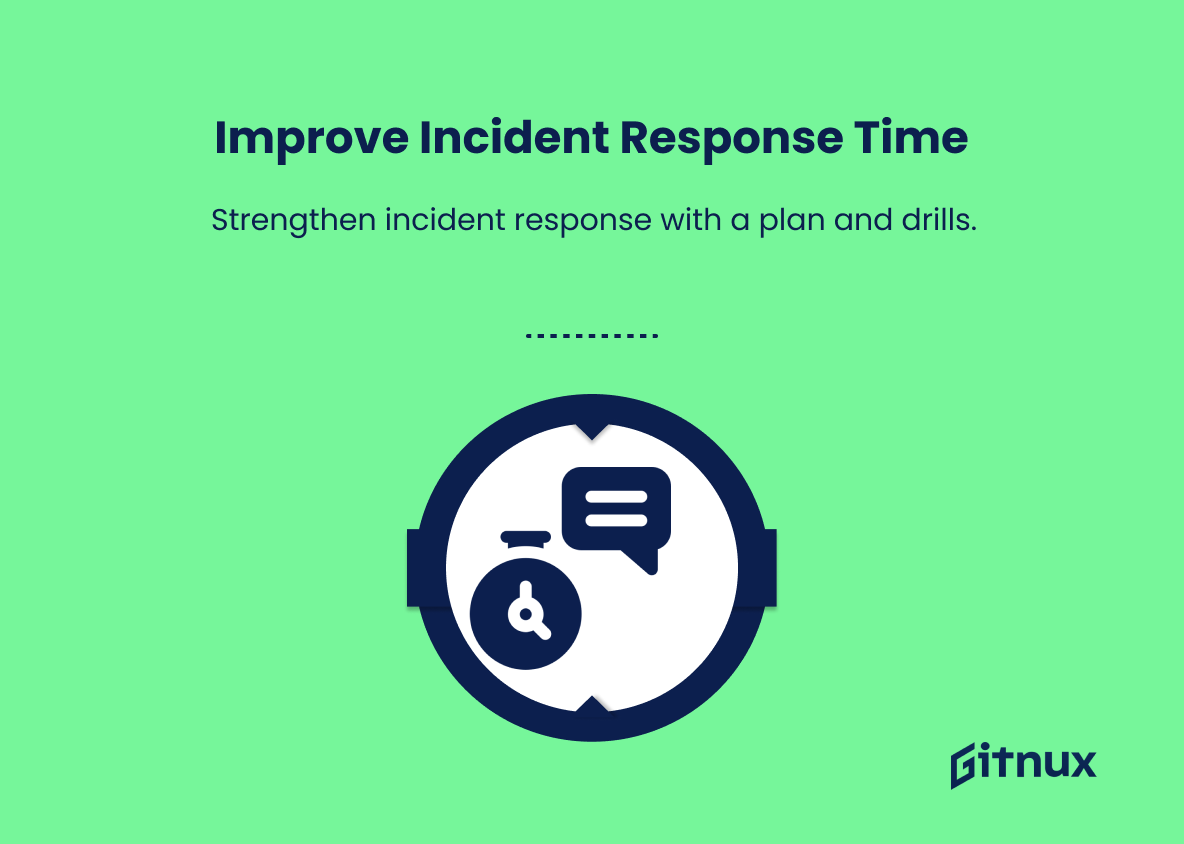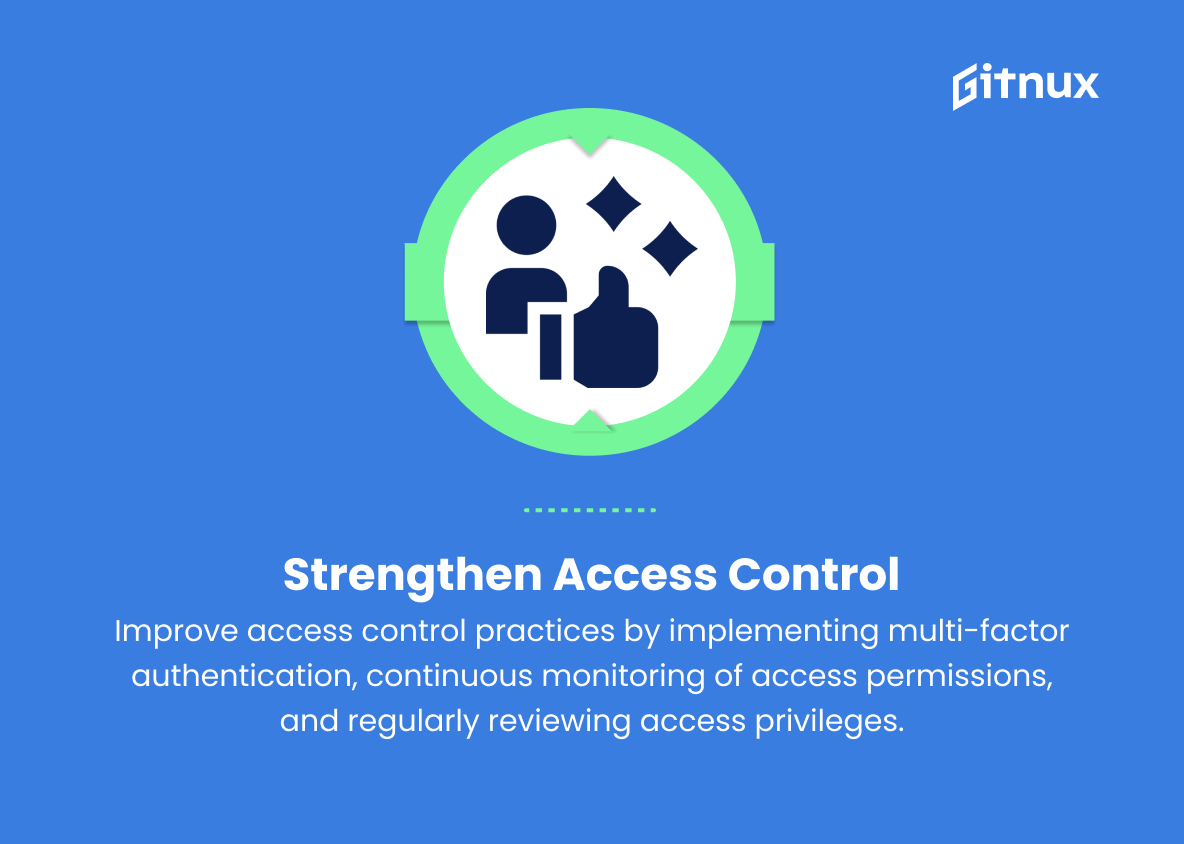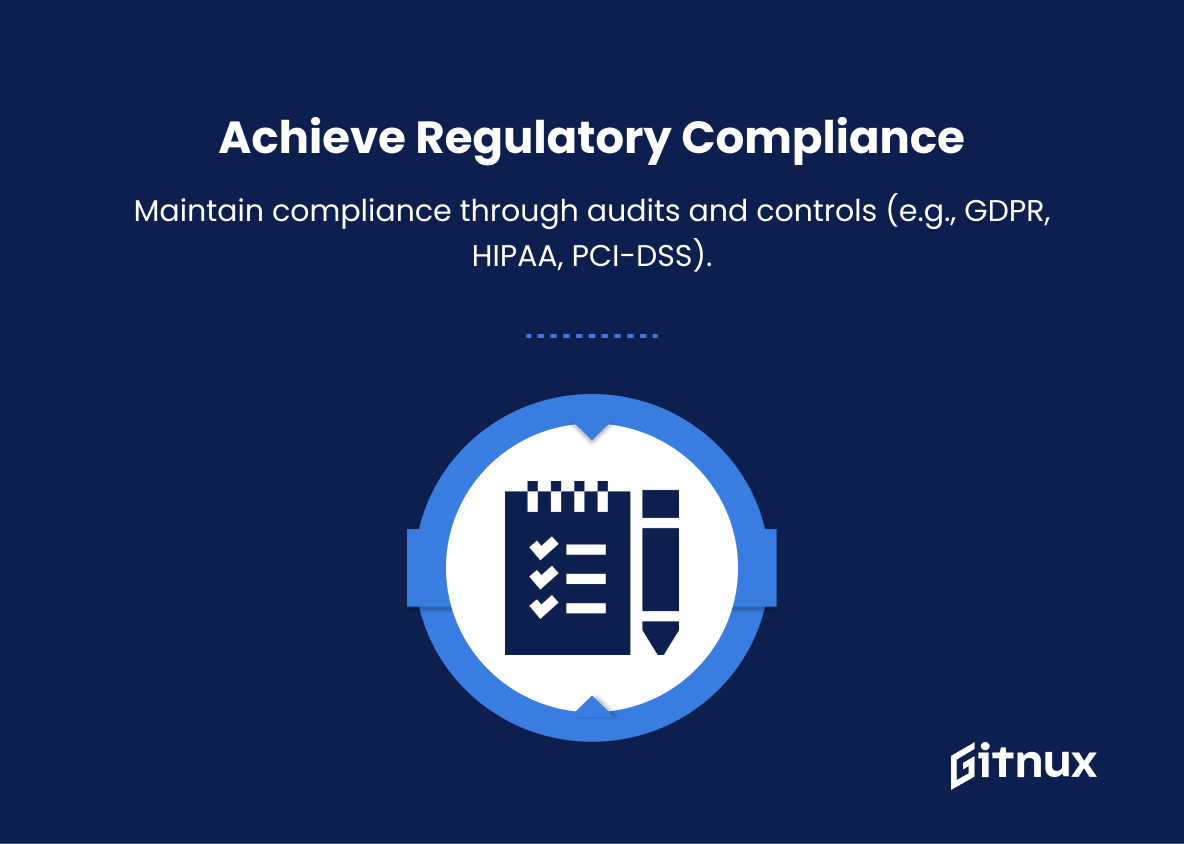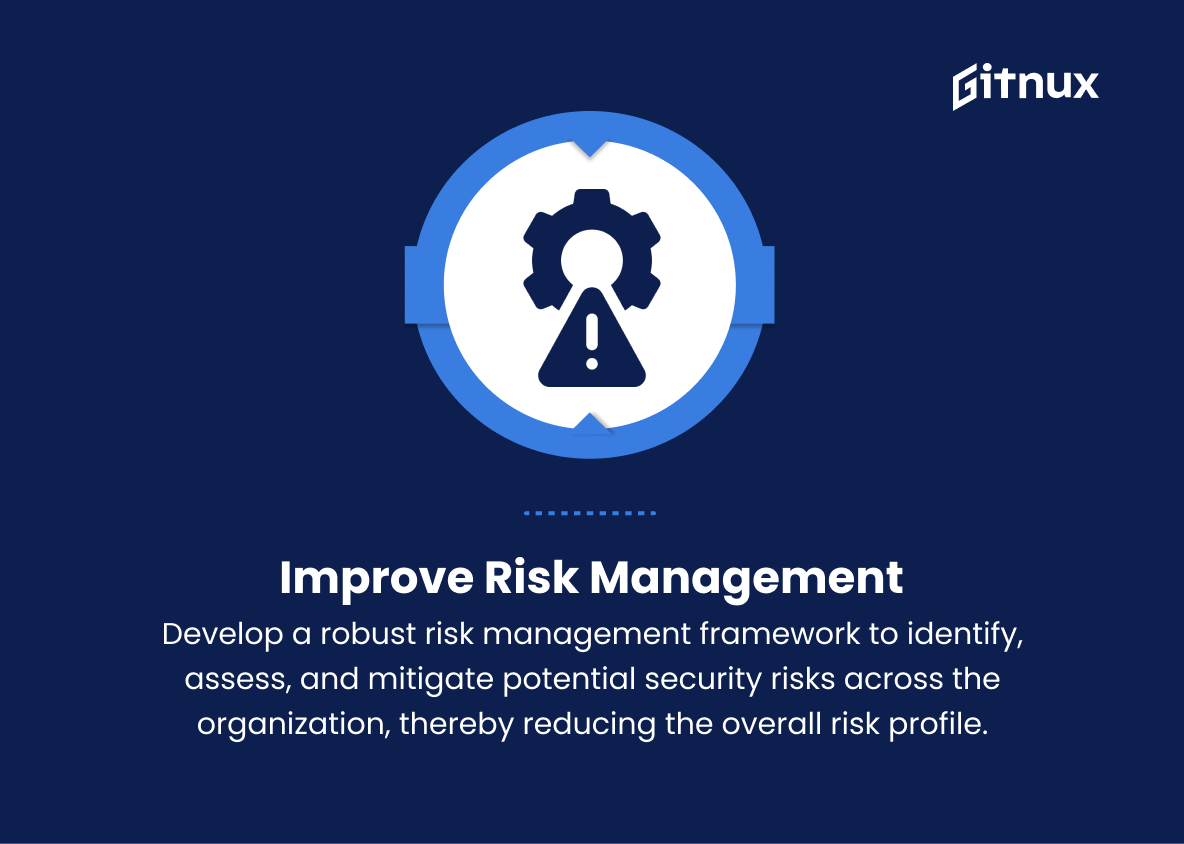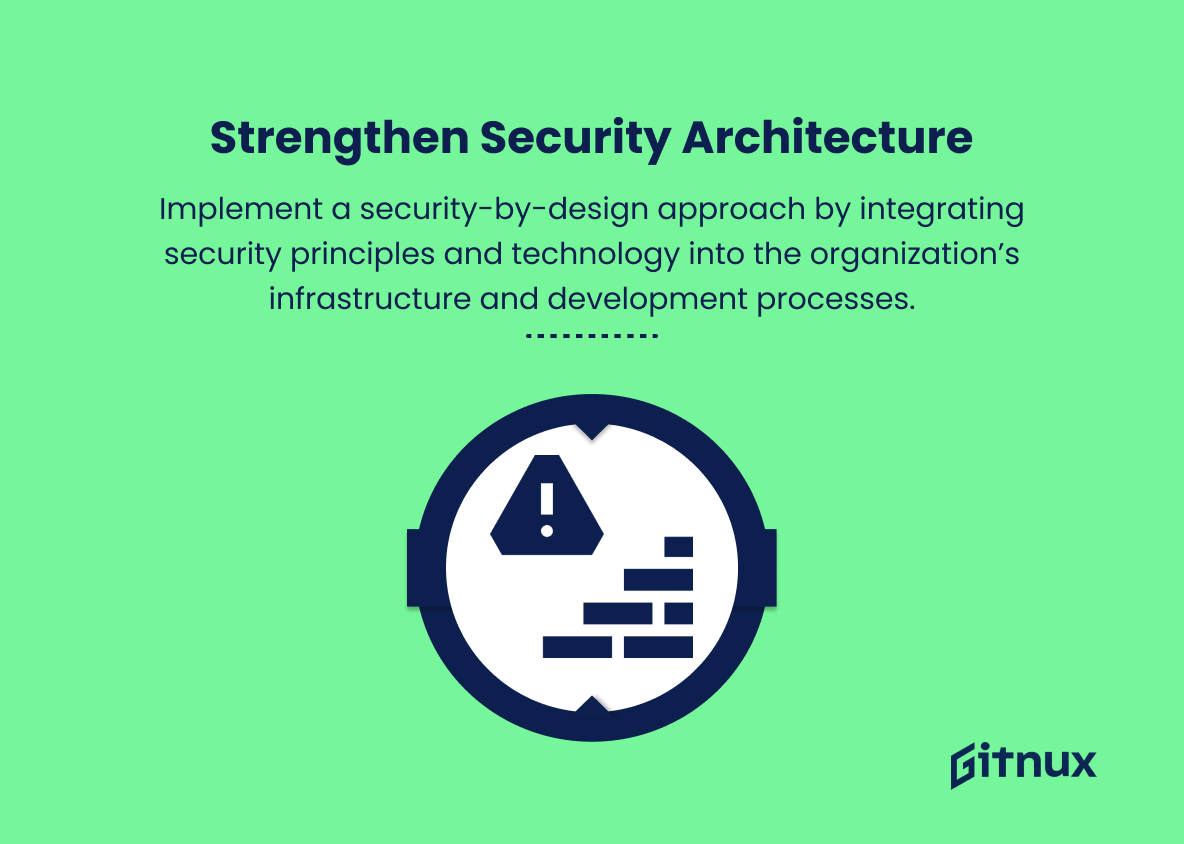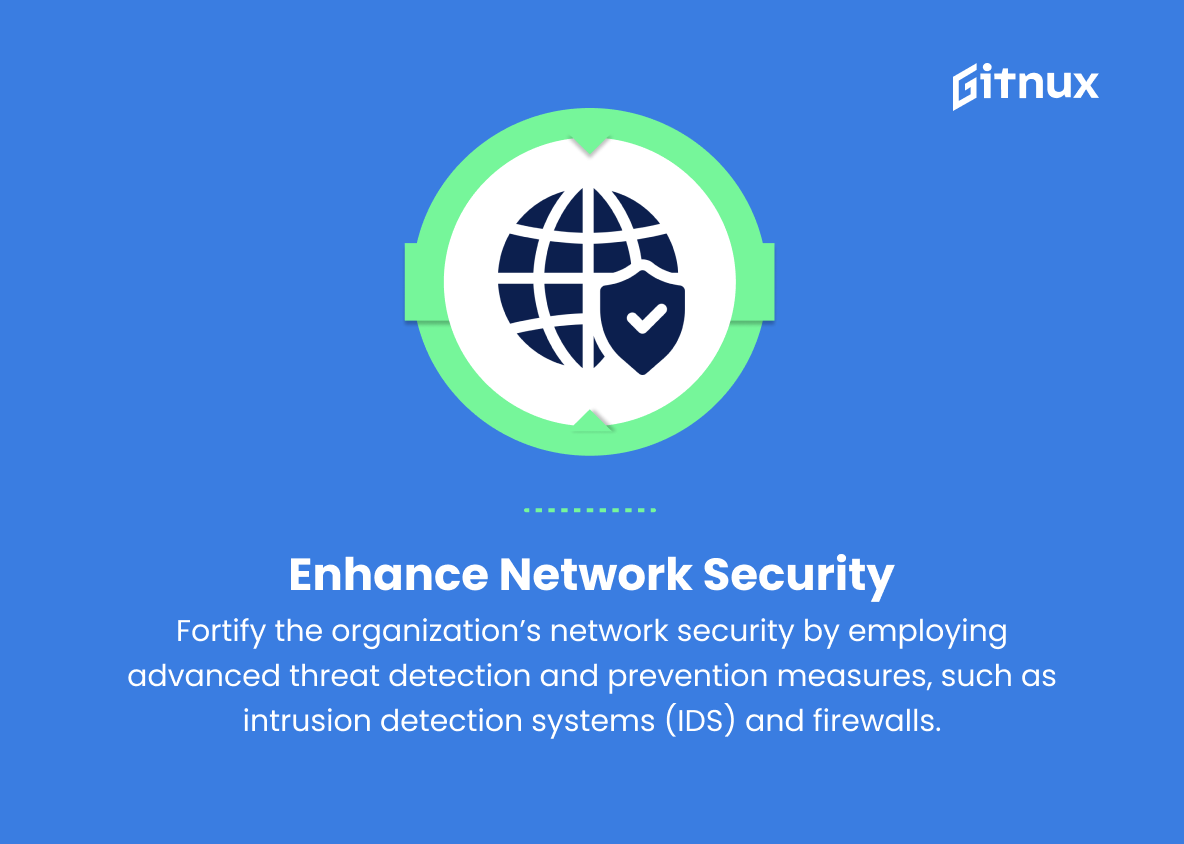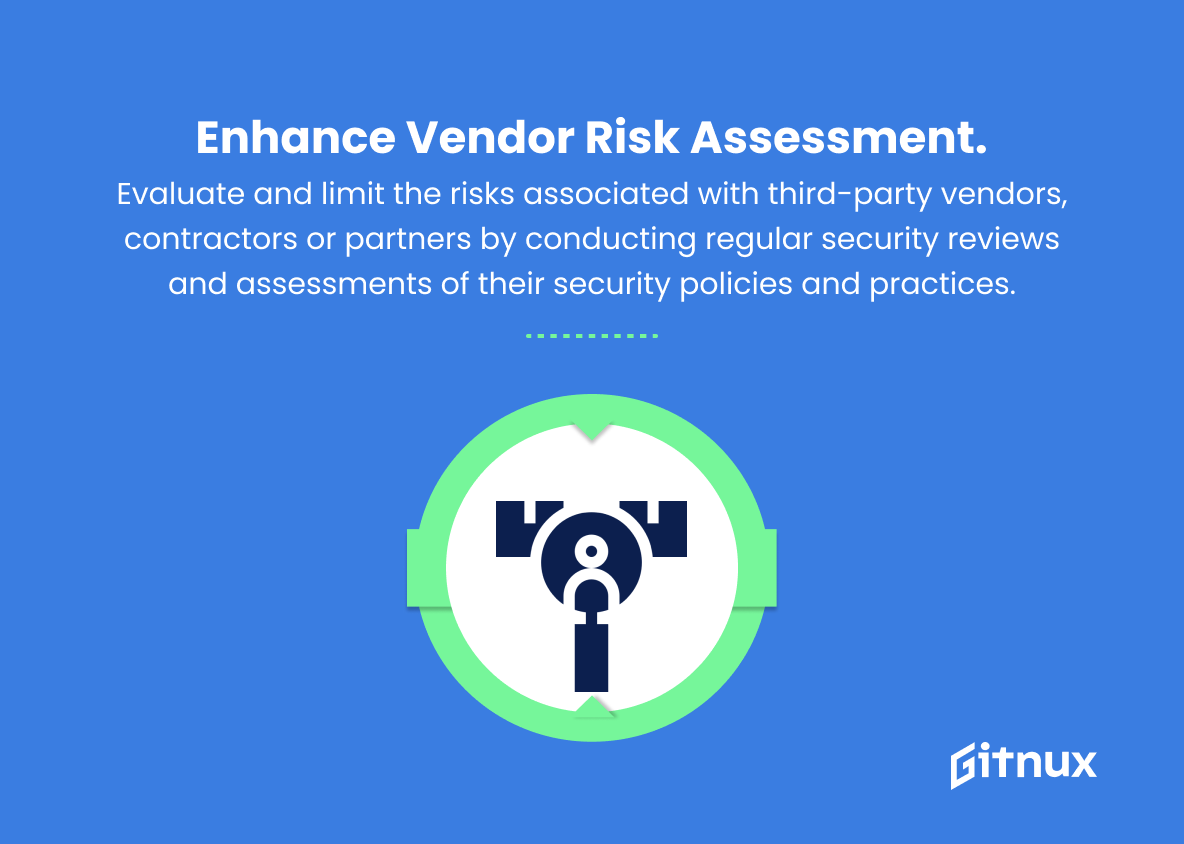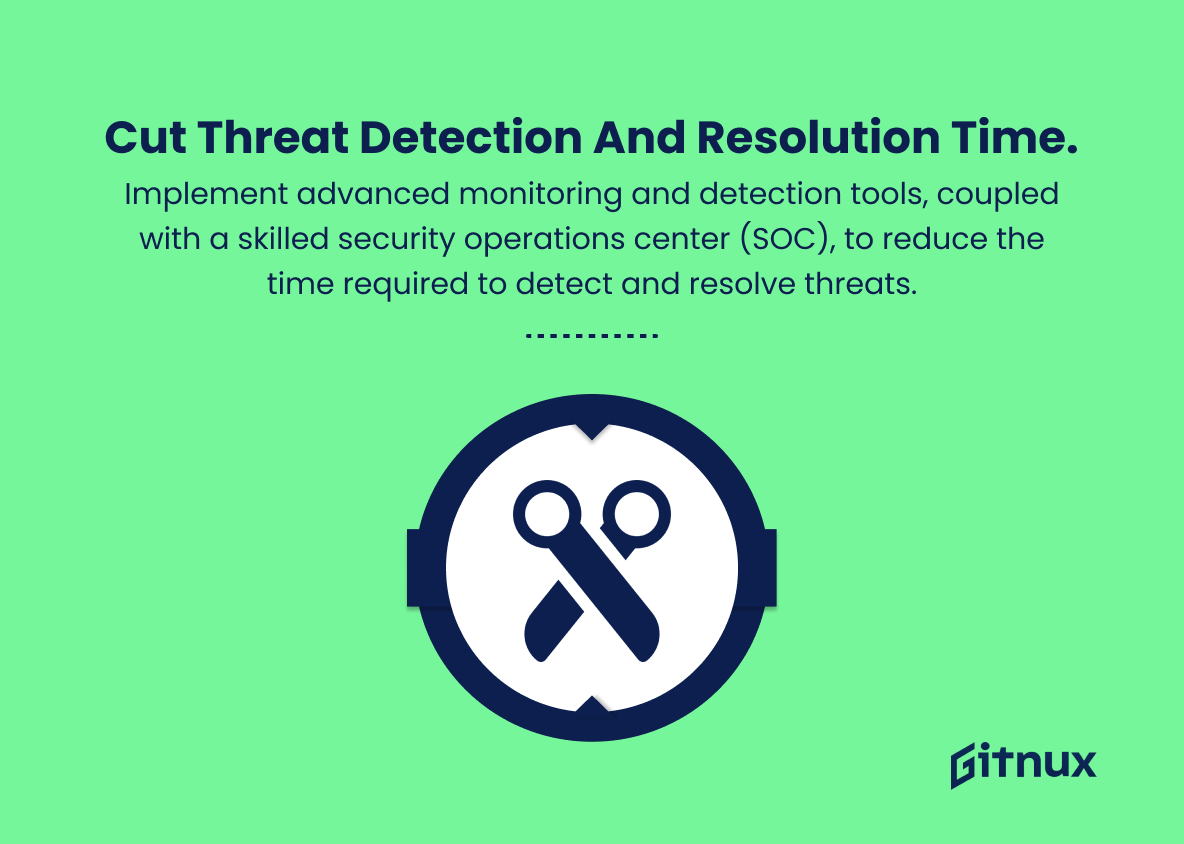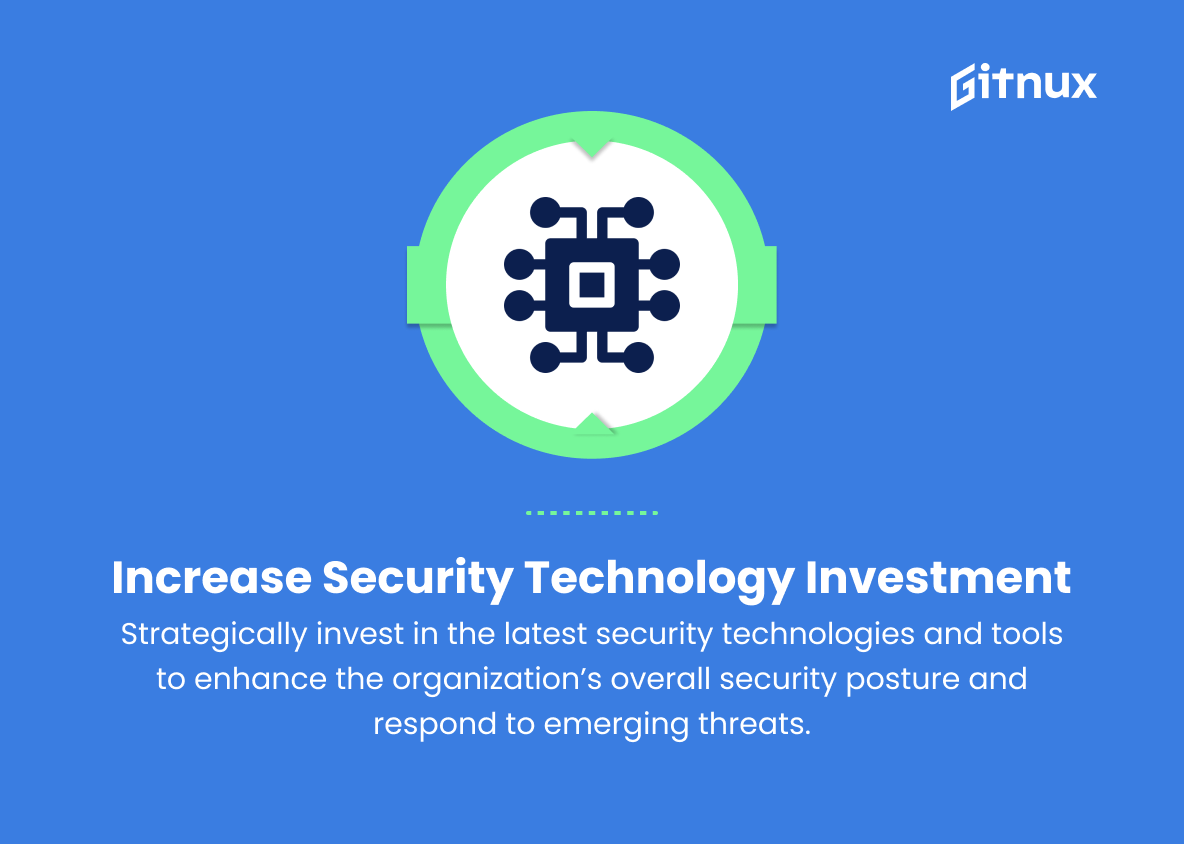In today’s rapidly evolving digital landscape, ensuring the safety and integrity of sensitive data, systems, and infrastructure has become more crucial than ever before. As organizations across the globe grapple with complex security challenges posed by cyber threats, establishing and implementing robust security objectives and key results (OKRs) is of paramount importance.
In this in-depth blog post, we will explore the critical role that security OKRs play in maintaining a strong security posture, delve into the art of setting effective and measurable objectives, and share valuable insights on how organizations can align their security strategies to successfully achieve their most ambitious cybersecurity goals.
Security OKRs You Should Know
1. Reduce data breaches
Minimize the number of data breaches across the organization by implementing strong security measures, training employees, and constantly assessing vulnerabilities.
2. Improve incident response time
Enhance the organization’s ability to rapidly detect, respond to and resolve security incidents by developing a comprehensive incident management plan and conducting periodic drills.
3. Strengthen access control
Improve access control practices by implementing multi-factor authentication, continuous monitoring of access permissions, and regularly reviewing access privileges.
In today’s rapidly evolving digital landscape, ensuring the safety and integrity of sensitive data, systems, and infrastructure has become more crucial than ever before.4. Achieve regulatory compliance
Ensure the organization complies with all relevant security regulations and standards, such as GDPR, HIPAA, or PCI-DSS, by performing regular audits and implementing necessary controls.
5. Enhance employee security training
Increase security awareness among employees by conducting regular security training sessions, workshops, and simulations to reduce the potential of human errors.
6. Increase vulnerability detection and remediation
Continuously scan for vulnerabilities and weaknesses in systems and software, and promptly patch, update or remediate them to minimize the risk of exploits.
7. Improve risk management
Develop a robust risk management framework to identify, assess, and mitigate potential security risks across the organization, thereby reducing the overall risk profile.
8. Strengthen security architecture
Implement a security-by-design approach by integrating security principles and technology into the organization’s infrastructure and development processes.
9. Enhance network security
Fortify the organization’s network security by employing advanced threat detection and prevention measures, such as intrusion detection systems (IDS) and firewalls.
10. Establish a robust security culture
Foster a culture of cybersecurity awareness and vigilance throughout the organization by promoting secure practices and encouraging employees to report potential threats or suspicious activity.
As organizations across the globe grapple with complex security challenges posed by cyber threats, establishing and implementing robust security objectives and key results (OKRs) is of paramount importance.11. Implement endpoint security
Protect all devices connected to the organization’s networks (such as laptops, mobile devices, and IoT devices) by deploying comprehensive endpoint security solutions.
12. Improve third-party/vendor risk assessment
Evaluate and limit the risks associated with third-party vendors, contractors or partners by conducting regular security reviews and assessments of their security policies and practices.
13. Establish a comprehensive Disaster Recovery (DR) and Business Continuity (BC) plan
Develop and maintain an effective DR and BC plan to minimize downtime, data loss, and financial loss in case of disasters or disruptions.
14. Reduce mean time to detect and resolve threats
Implement advanced monitoring and detection tools, coupled with a skilled security operations center (SOC), to reduce the time required to detect and resolve threats.
15. Increase security technology investment
Strategically invest in the latest security technologies and tools to enhance the organization’s overall security posture and respond to emerging threats.
Security OKRs Explained
Security OKRs are essential for any organization to safeguard its digital assets, maintain customer trust, and comply with regulatory requirements. By reducing data breaches and improving incident response times, companies can minimize the impact of unauthorized access on their sensitive data. Strengthening access control and achieving regulatory compliance helps ensure that only authorized personnel have access to sensitive information and that organizations follow industry best practices.
Enhancing employee security training and fostering a robust security culture empower staff to make informed decisions about data protection, while vulnerability detection, risk management, and continuous improvement of security architecture play crucial roles in preventing potential exploits. Network security measures protect against intrusions, and endpoint security safeguards connected devices from attacks. By conducting third-party risk assessments, organizations can mitigate any vulnerabilities or threats posed by external partners.
Establishing disaster recovery and business continuity plans minimizes the damage caused by disruptions, allowing a swift return to normal operations. Reducing the mean time to detect and resolve threats ensures that any issues are resolved promptly, further safeguarding assets and reputation. Lastly, investing in cutting-edge security technology enables organizations to adapt to a rapidly evolving threat landscape and proactively defend against potential risks.
Conclusion
In summary, Security OKRs are a fundamental aspect of maintaining an effective and robust cybersecurity strategy in today’s digital landscape. By establishing well-defined objectives and key results, businesses can significantly enhance their security posture, streamline communication between teams, and ensure optimal resource allocation. Furthermore, regular monitoring and frequent reviews of Security OKRs enable continuous improvement and adaptation to evolving threats.
Embracing this goal-setting framework is, therefore, crucial for organizations that aim to thwart adversaries’ malicious intents and safeguard their valuable assets. As cybersecurity challenges continue to rise at an unparalleled rate, a commitment to Security OKRs is indispensable for fortifying your organization’s resilience against potential attacks.
